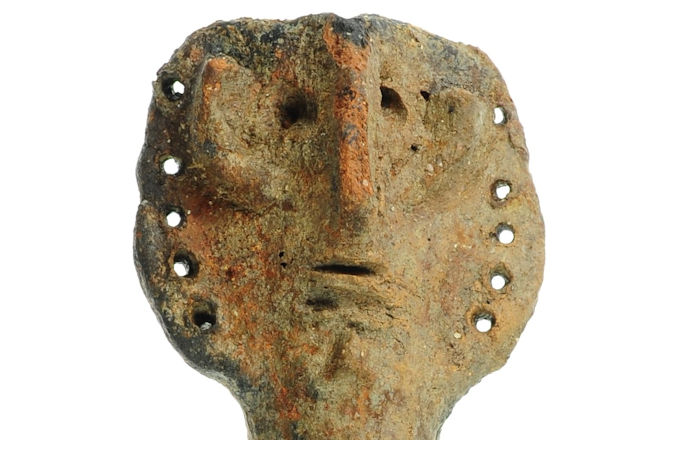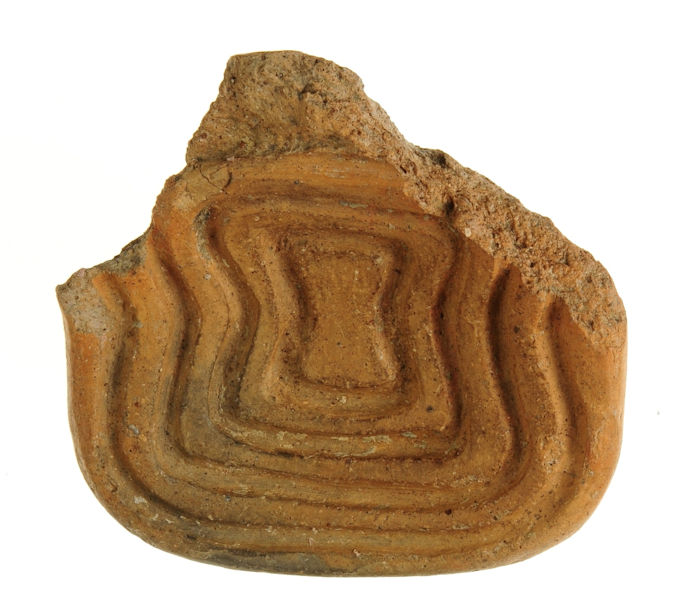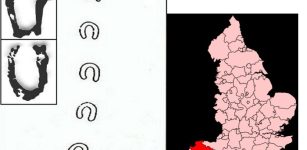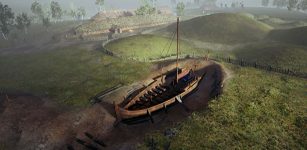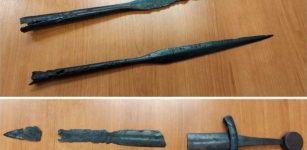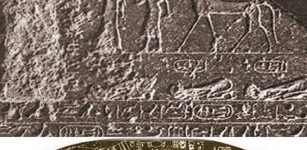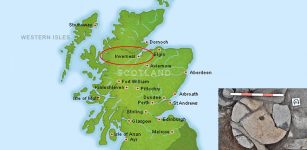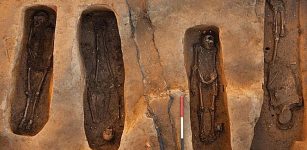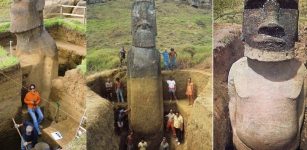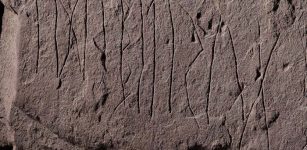Unique Ancient Figurine Puzzles Scientists – Was She An Unknown Pre-Historic Water Goddess?
Conny Waters - AncientPages.com - Archaeologists have unearthed a puzzling small figurine made in the image of an unknown individual.
Researchers speculate people worshiped the small statuette as a water deity almost 2,800 to 2,500 years ago. At least the place where it was found speaks for its function as a cult object with a strong water connection.
Credit: Bayerisches Landesamt für Denkmalpflege
Archaeologists discovered the ceramic figure in a prehistoric gully that the settlers of a nearby Hallstatt period settlement between the 8th and 6th centuries B.C on the edge of the Unkenbach lowland in what is now Mönchstockheim in the Schweinfurt district might have been used to draw water.
It is currently being examined at the Bavarian State Office for the Preservation of Monuments, where it was also gently cleaned and dried using airbrush water technology. The finely modeled face of the sculpture is striking: the eye sockets, nose, lips, and chin are visible.
"Only 19 cm tall, several thousand years old, filigreed worked out of clay, and that's why it's the star of the Bavarian State Office for the Preservation of Monuments. The water goddess proves that Bavaria was a cultural land almost 3,000 years ago," explains Minister of the Arts Markus Blume.
"It is conceivable that people at that time regarded this special scenic location as a sacred place and that the small statuette served them as a ritual offering or even ascribed magical powers to it," adds General Curator Prof. Mathias Pfeil, head of the Bavarian State Office for Monument Preservation.
The scheduled excavations occurred before construction work for the Mönchstockheim bypass on state road 2275. At the site archaeologists recovered the small clay figure, numerous pieces of broken glass, pottery tools made of bone, and a well-preserved and very unusual clay stamp. The fact that the water did not round off the ceramic finds suggests that they were not washed up to where they were found. It would rather appear the ancient objects were deliberately placed in the former ditch. In addition, lime deposits testify to a former spring in the immediate vicinity.
The vessel fragments found can be assigned to the Hallstatt period, which means they date to the 8th to 6th century B.C. So far, however, there are no comparable finds for the figurine.
Credit: Bayerisches Landesamt für Denkmalpflege
"Figures of this type made of clay are known, for example, from the western Black Sea region and date back to the 5th millennium B.C. However, the other finds point to a much younger statuette dating. All of this leaves much room for future interpretation," says Dr. Stefanie Berg, the responsible archaeological monument conservator at the Bavarian State Office for Monument Preservation.
Today the sculpture is 19 centimeters high: Scientists say in the past, the figurine in its original, complete state was probably about ten centimeters longer. Since the legs are only partially present and the front surface of the upper body is missing, the body shape does not provide any information about the gender. The sides of the head, riddled with holes, could represent a hood decorated with metal rings. Such a headdress is attributed to women.
See also: More Archaeology News
The pattern of the clay stamp from the same site is also extremely unusual. Since its printing surface is curved inwards, experts assume it was used to decorate organic materials - such as bread dough. Corresponding experiments with a replica carried out by the scientists at the Bavarian State Office for Monument Preservation also support this.
Written by Conny Waters - AncientPages.com Staff Writer

